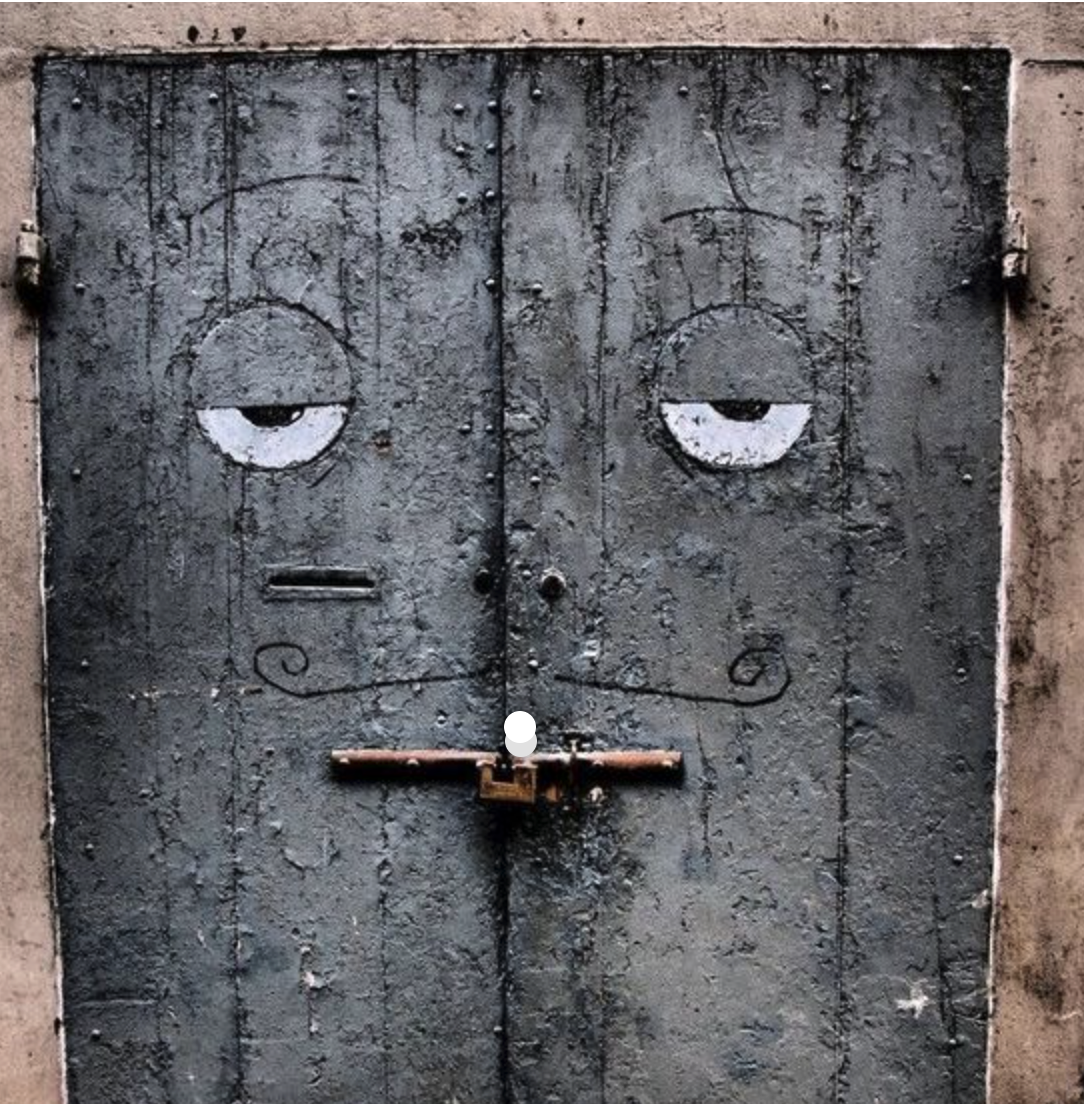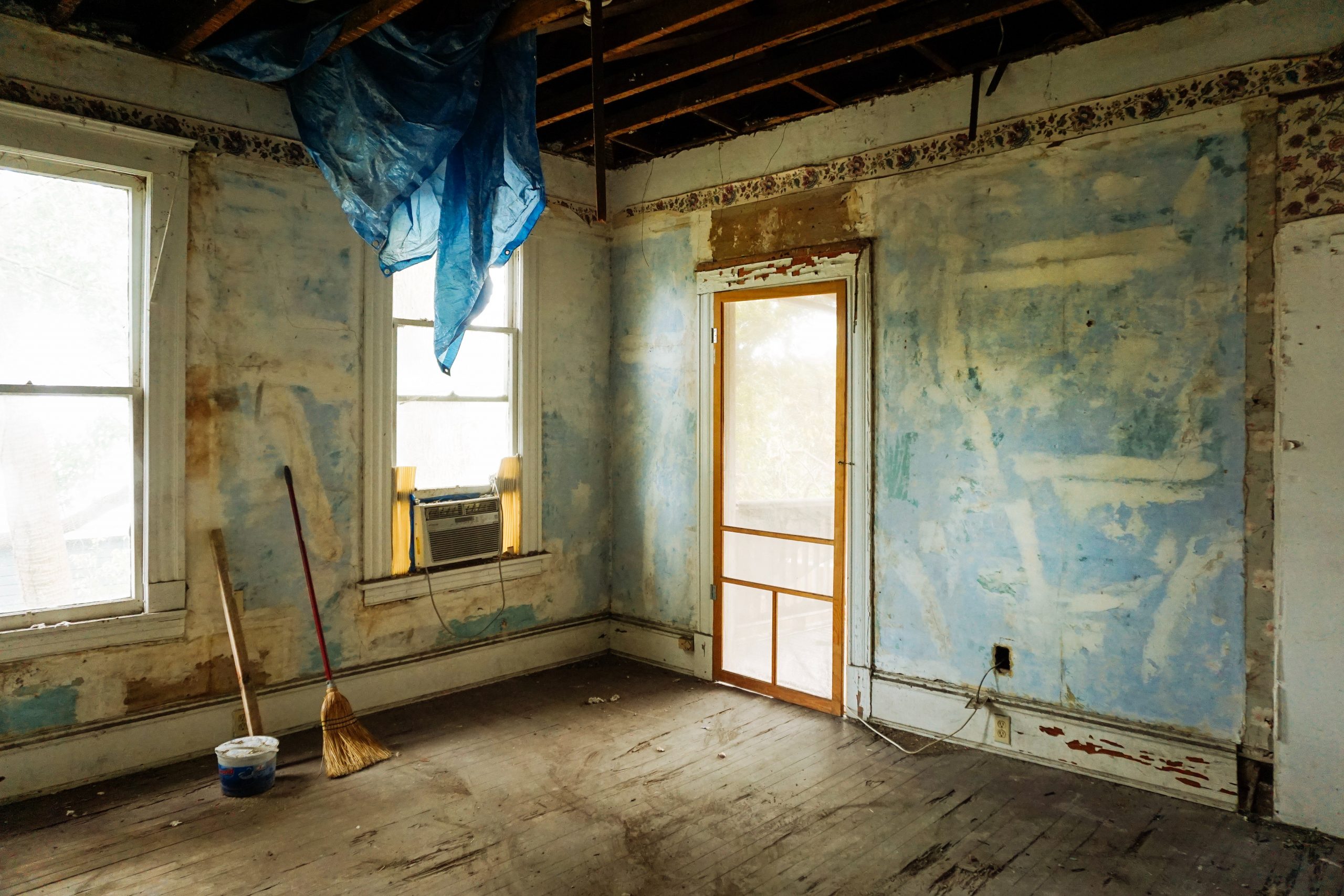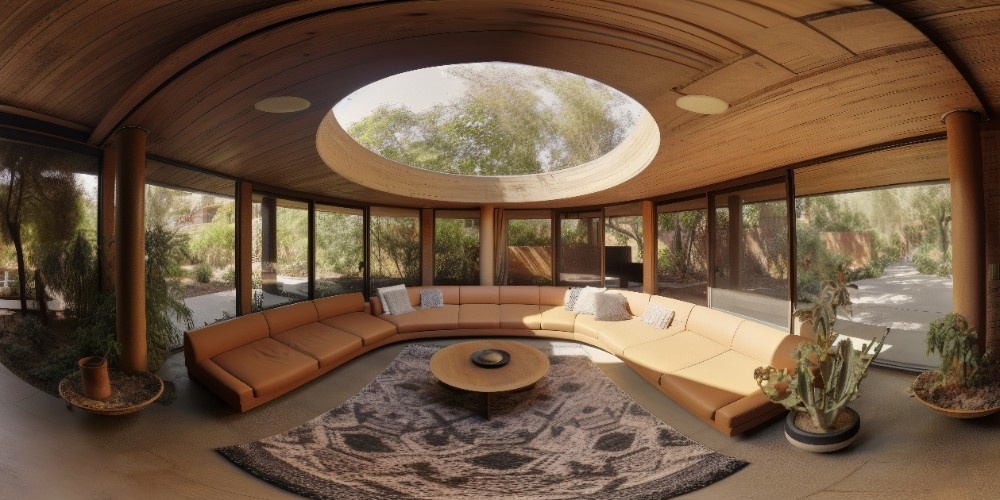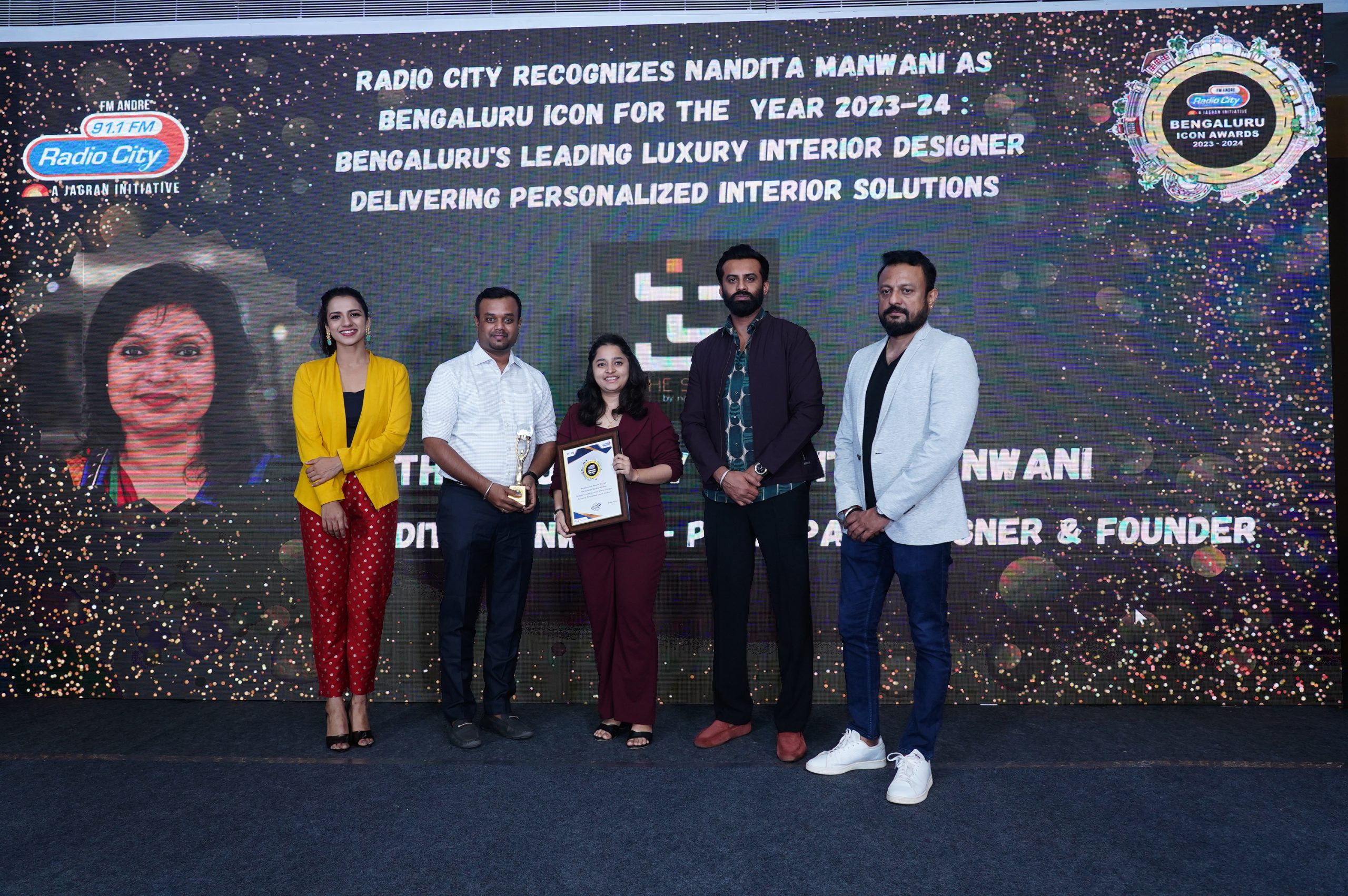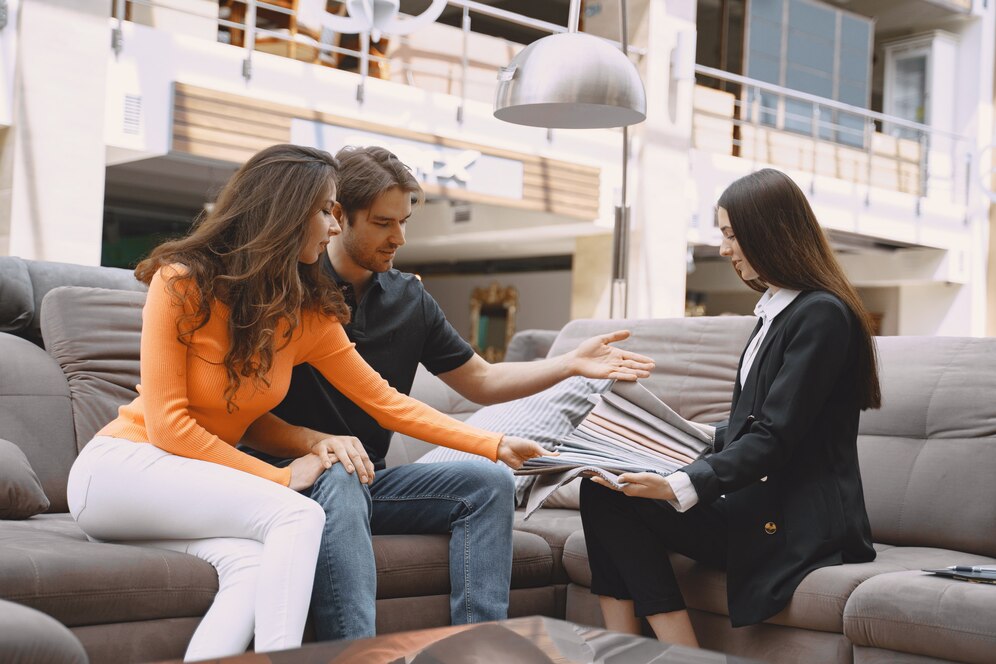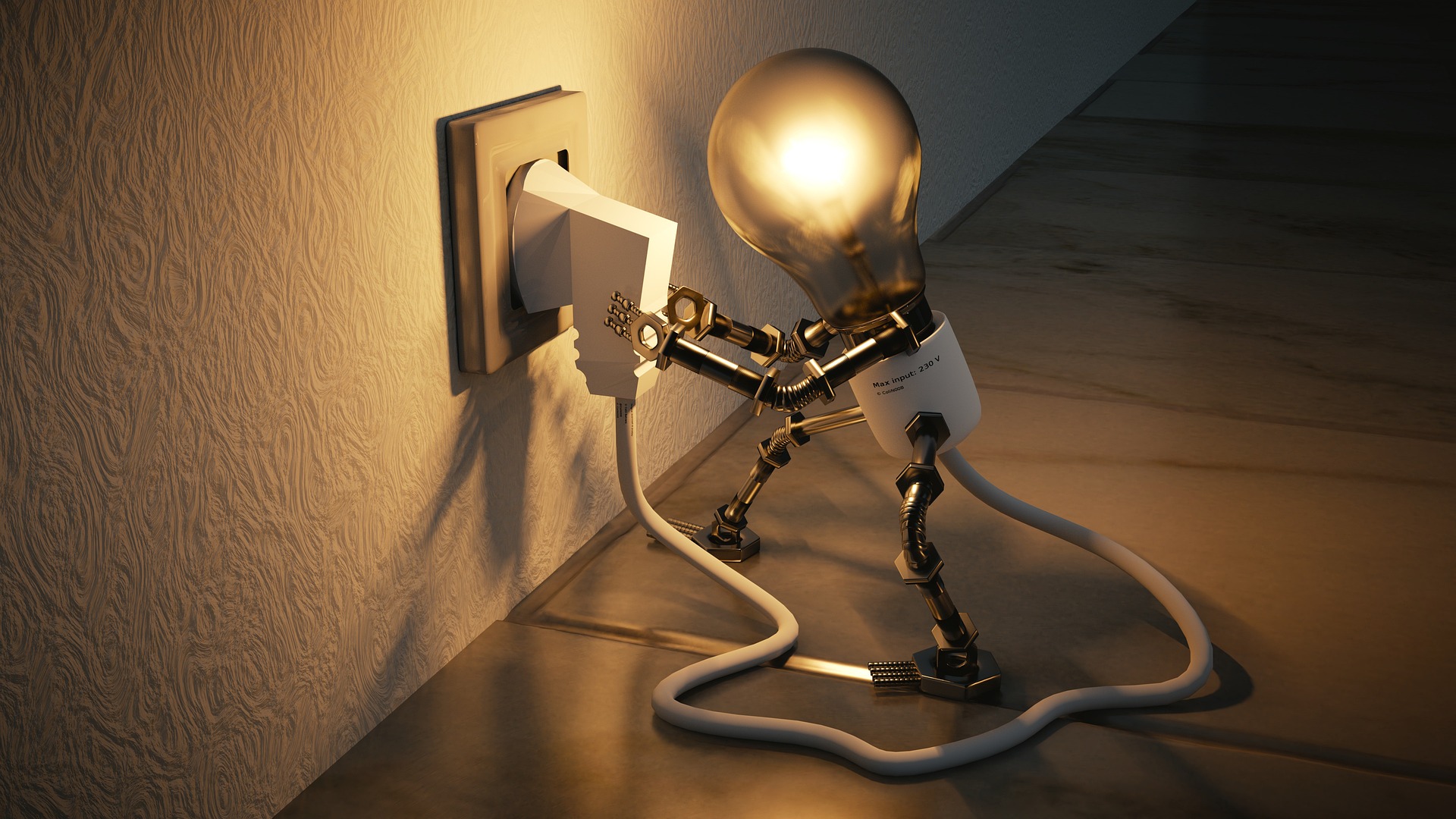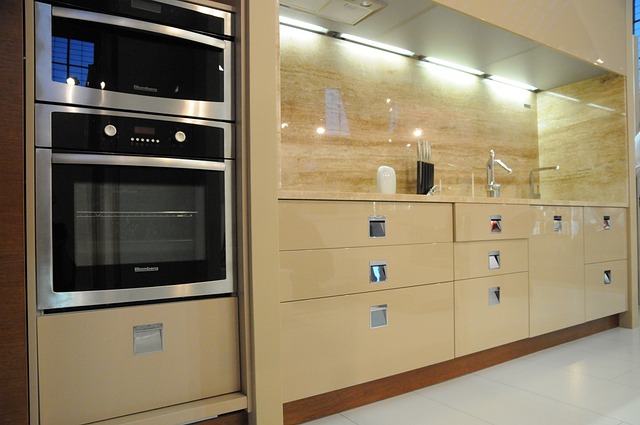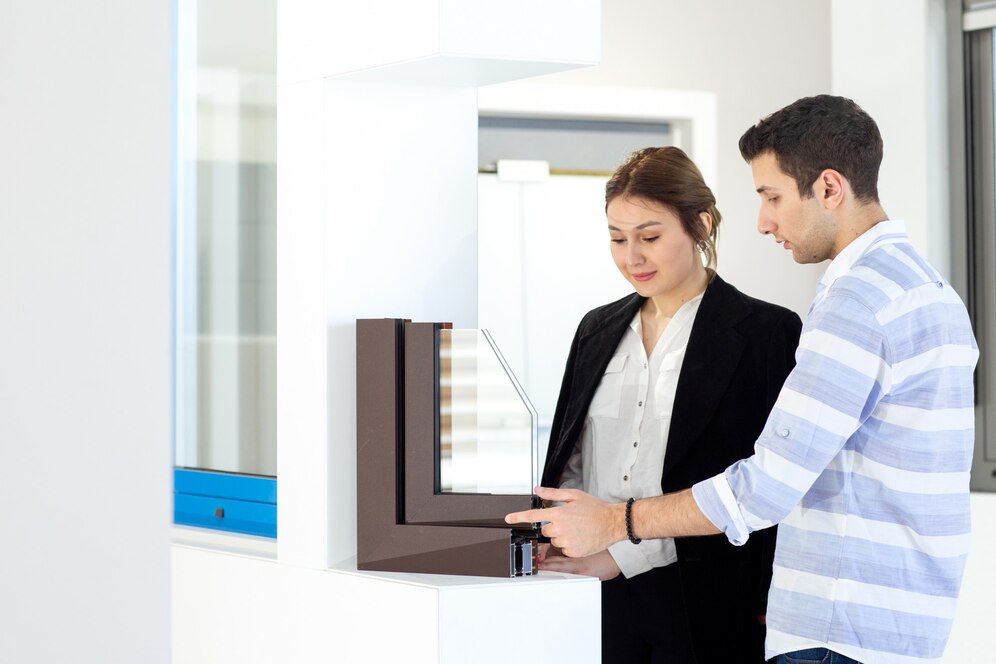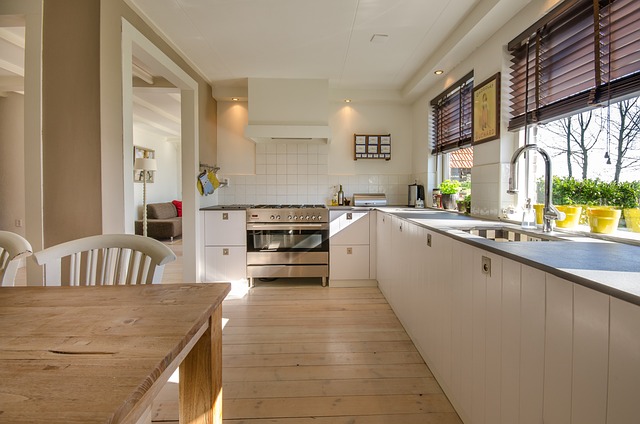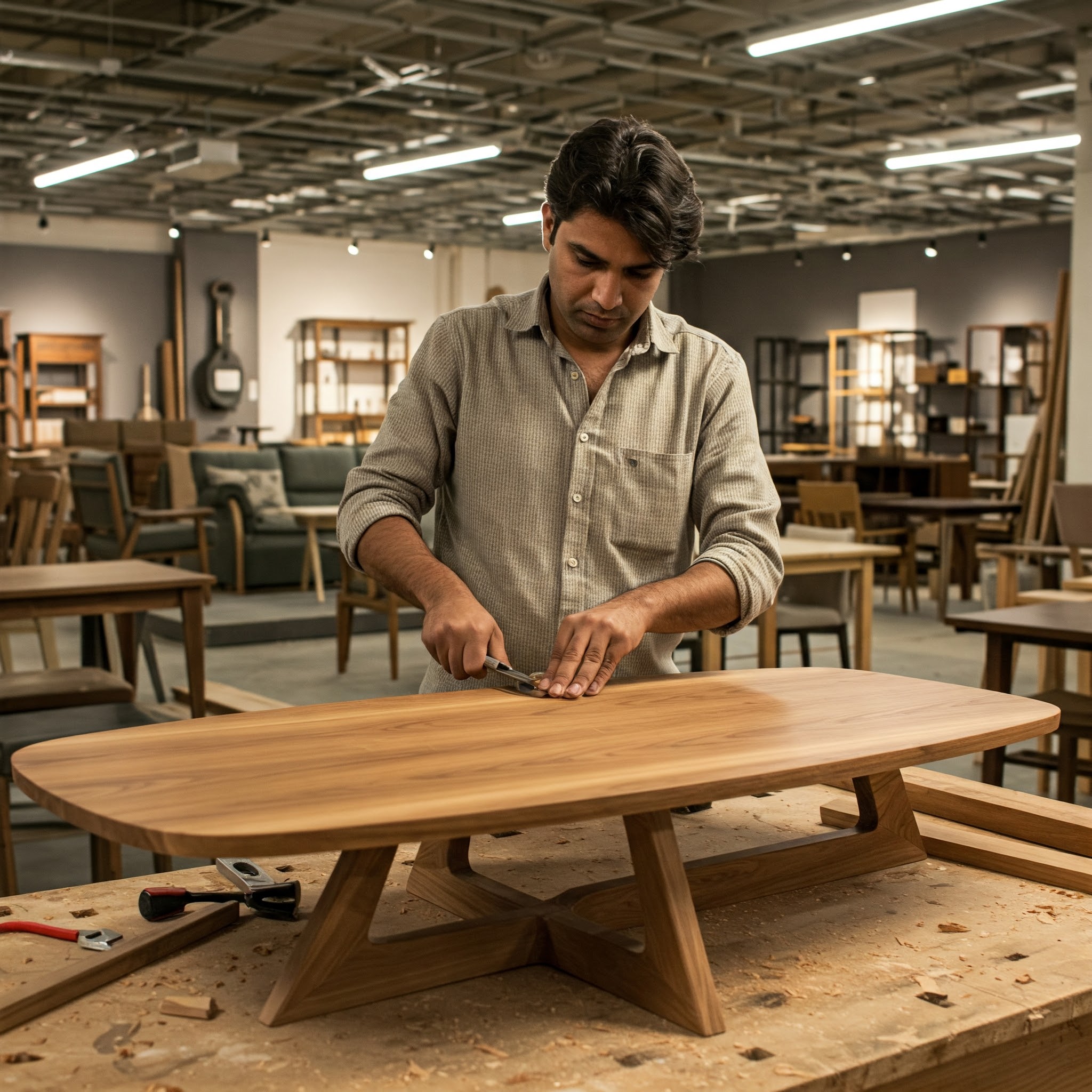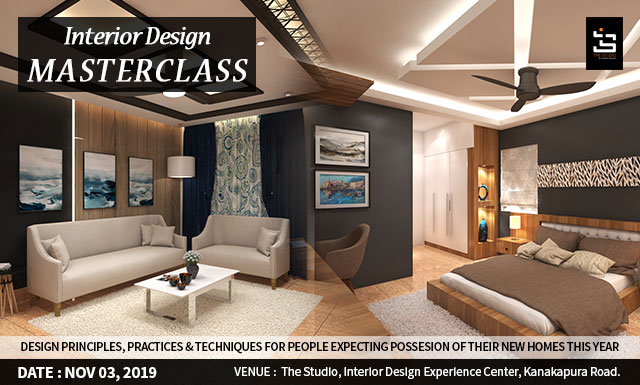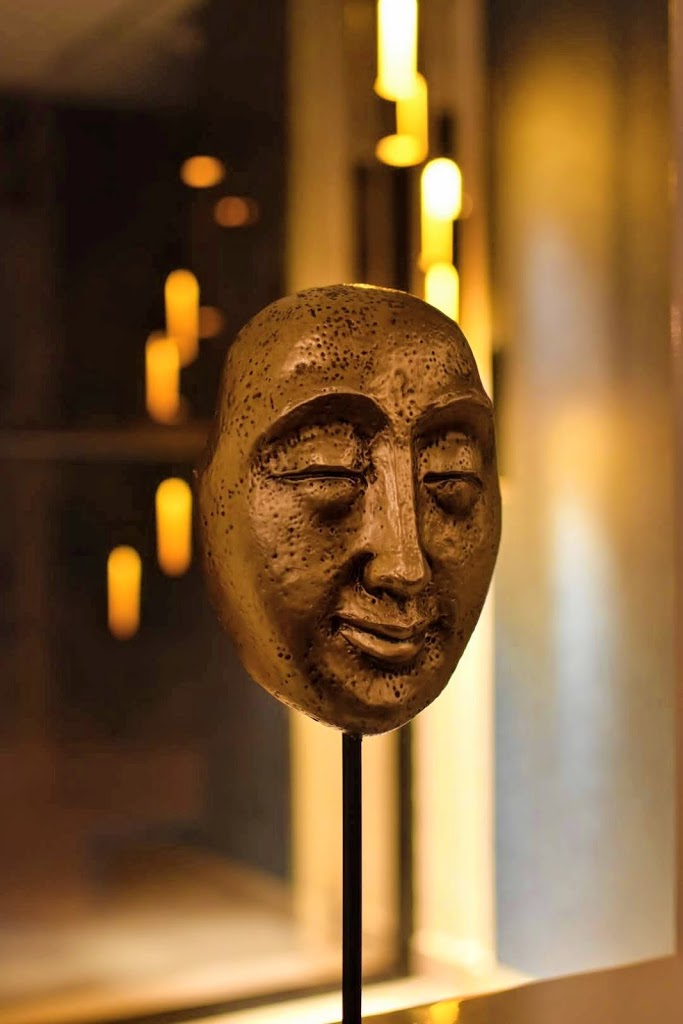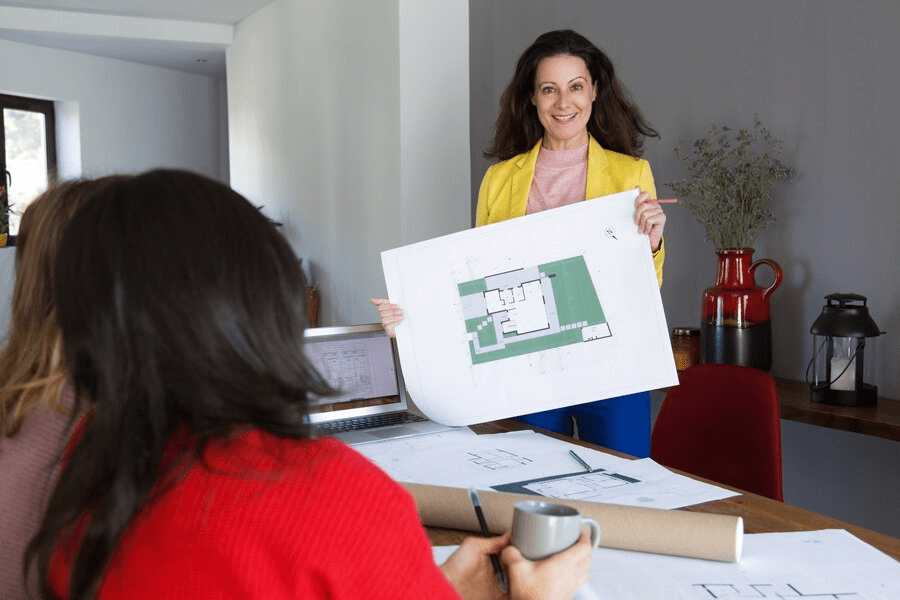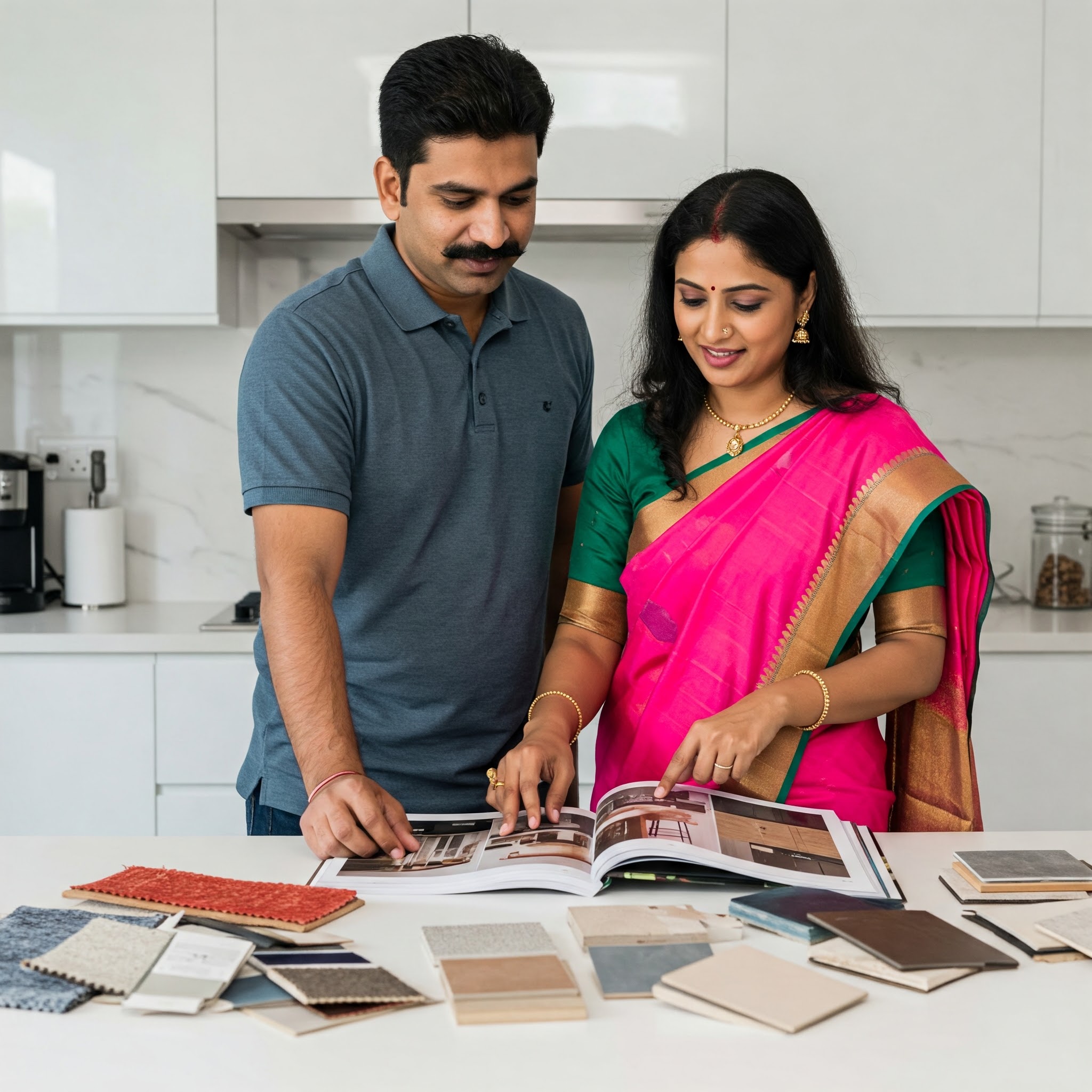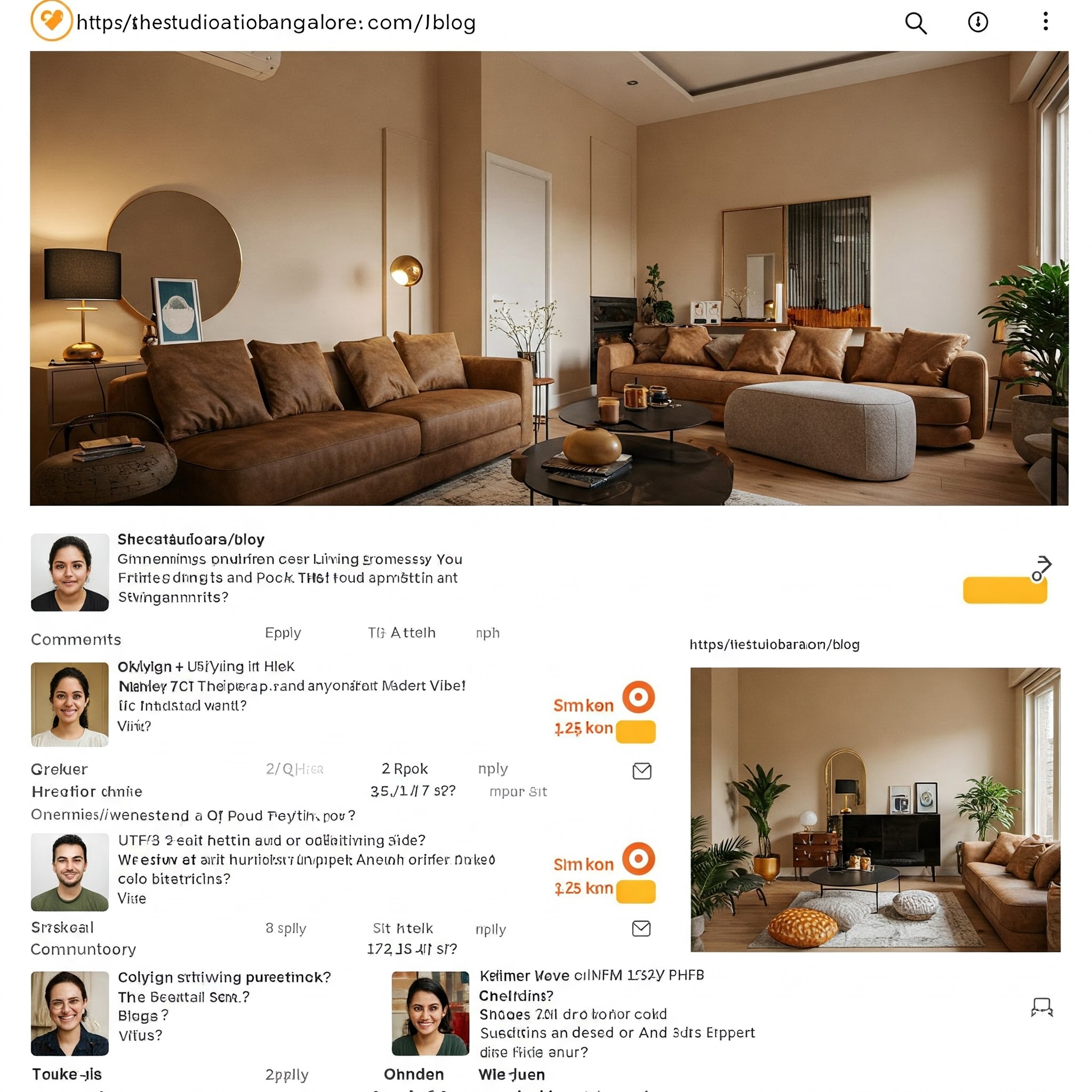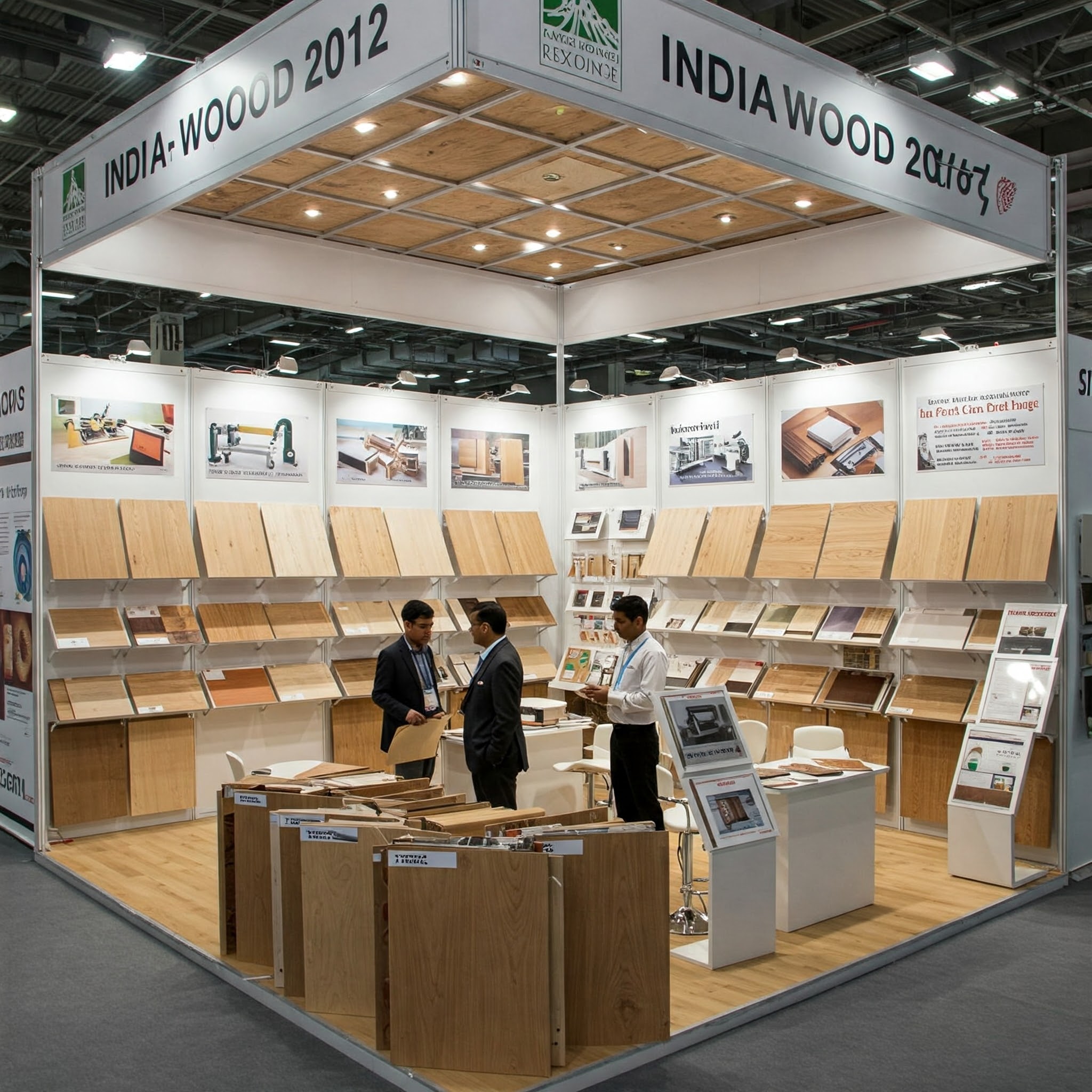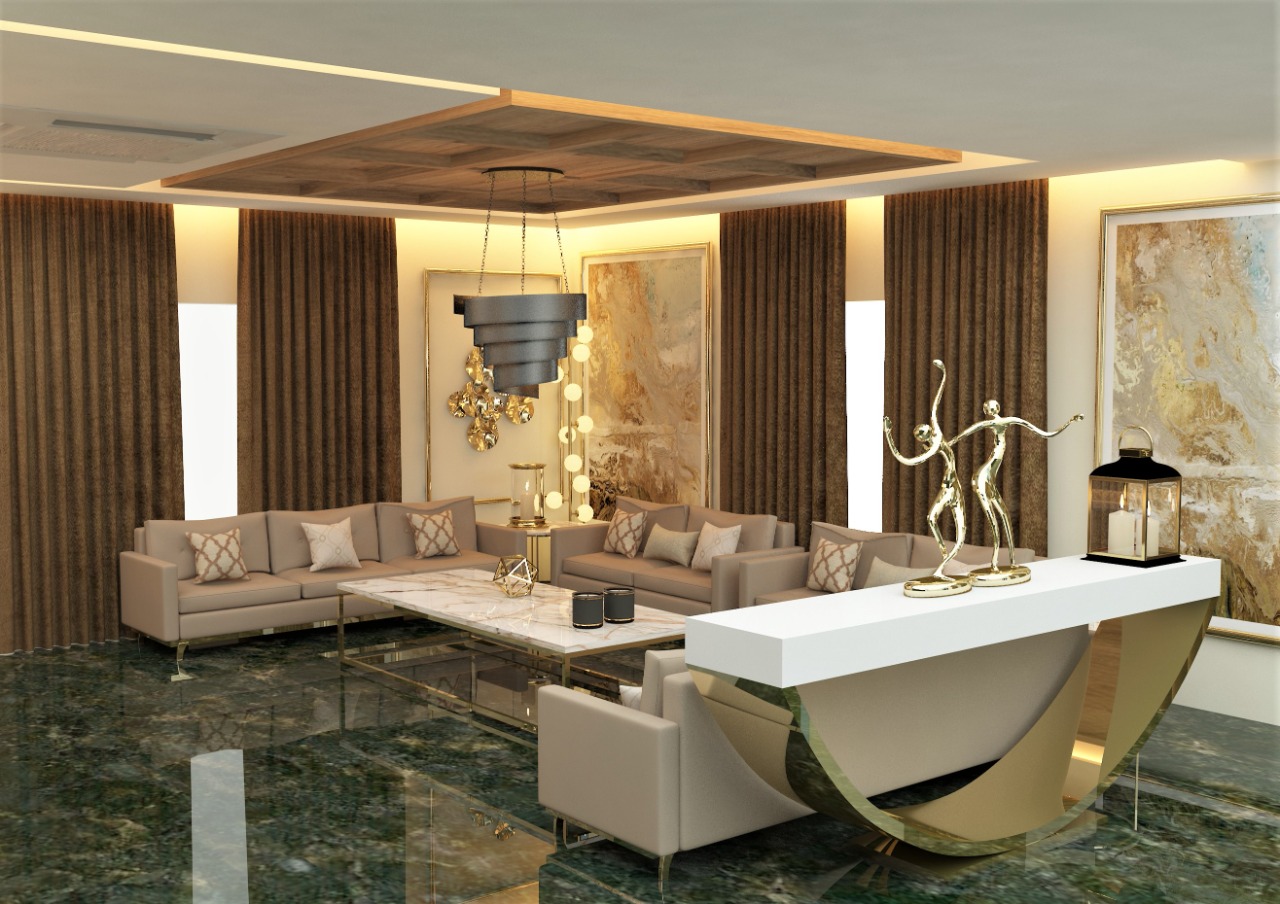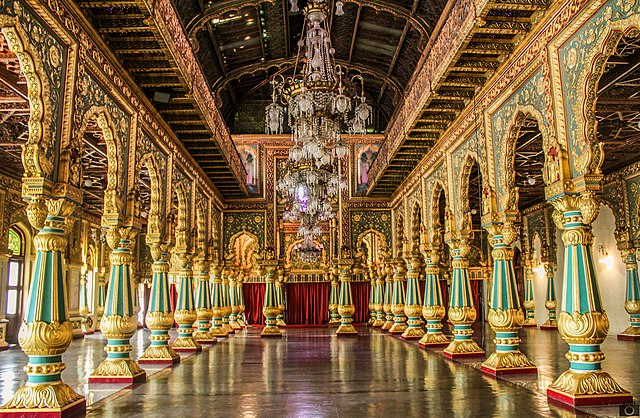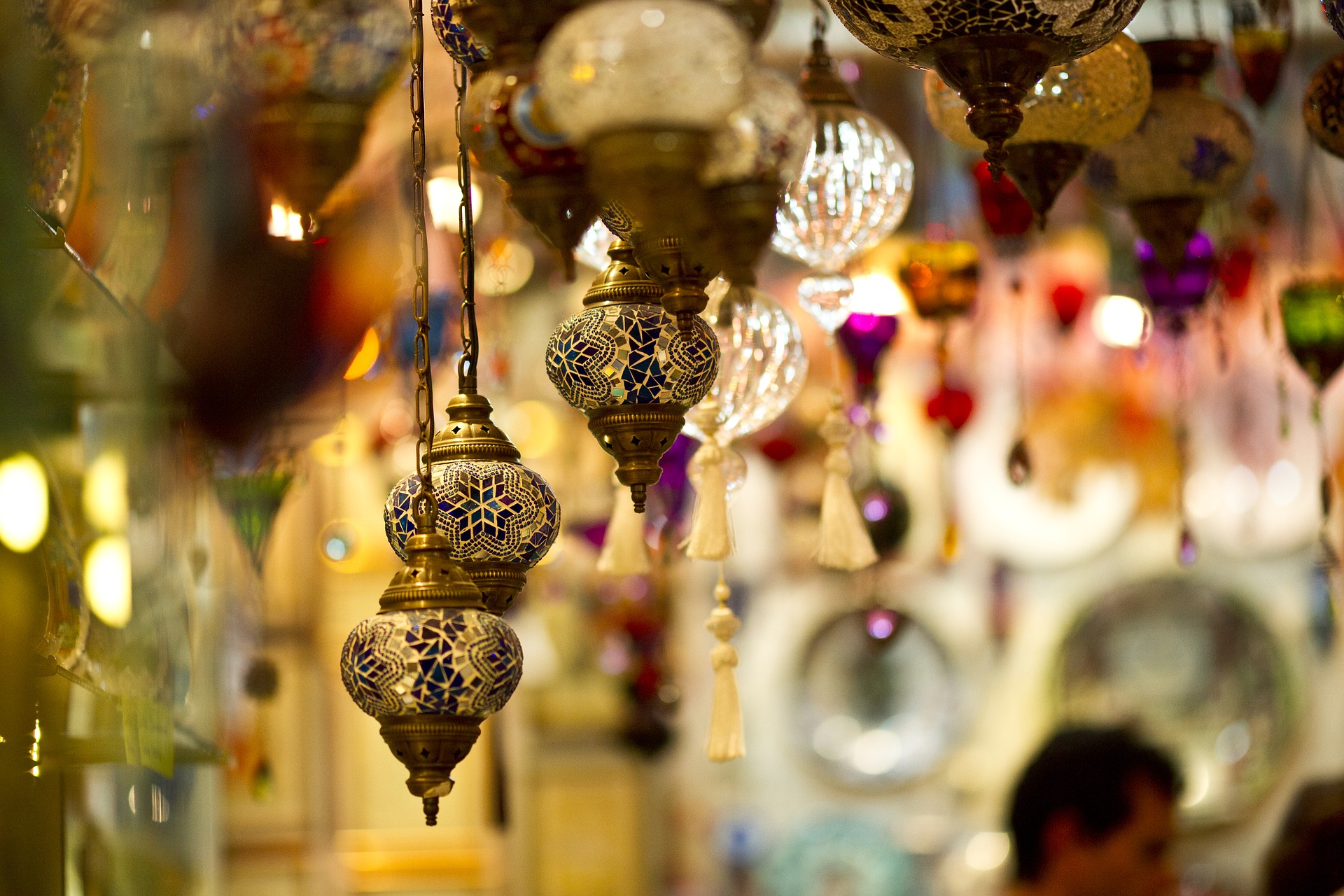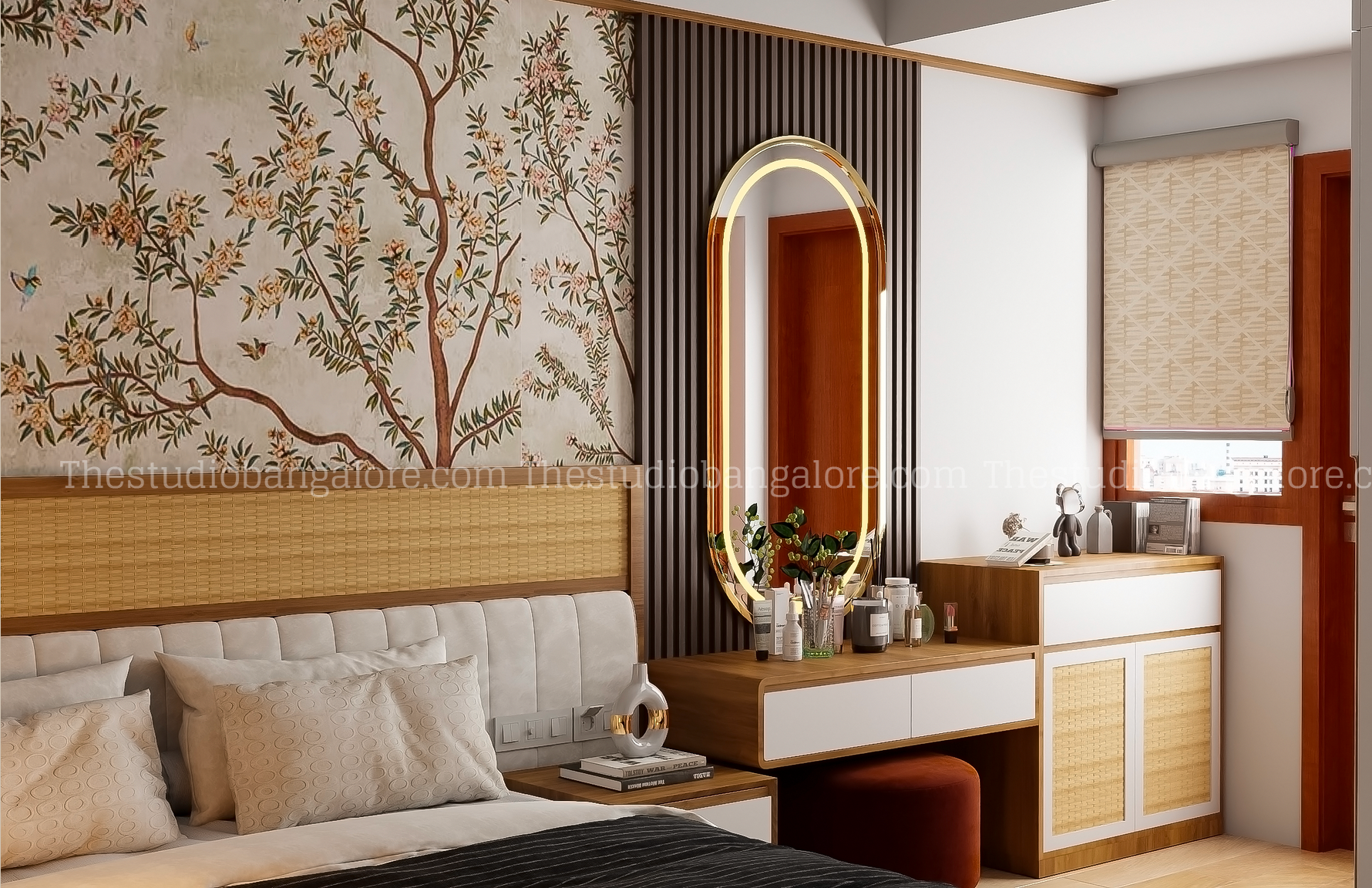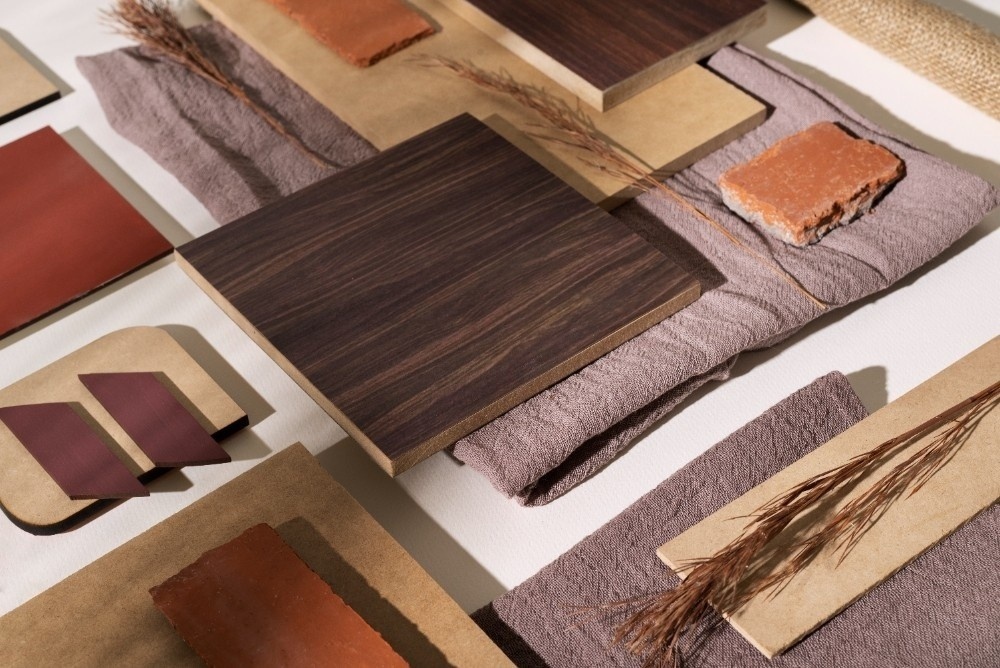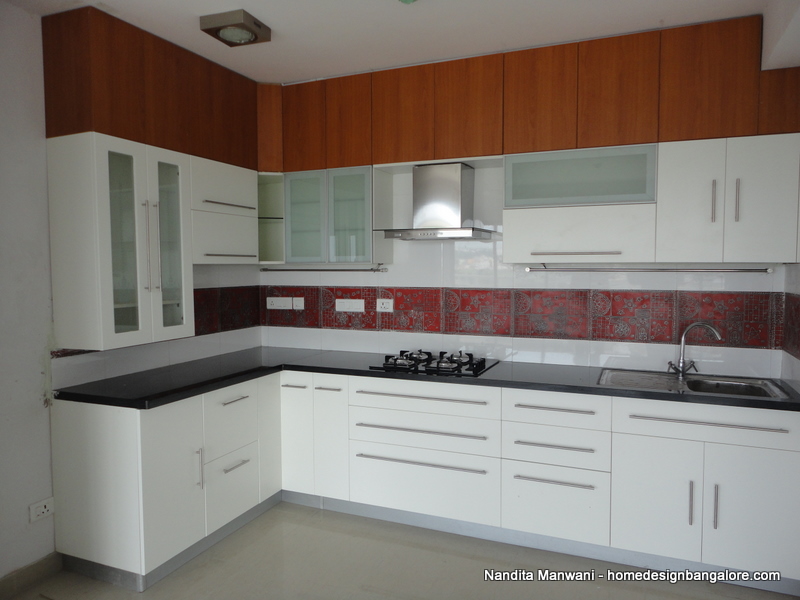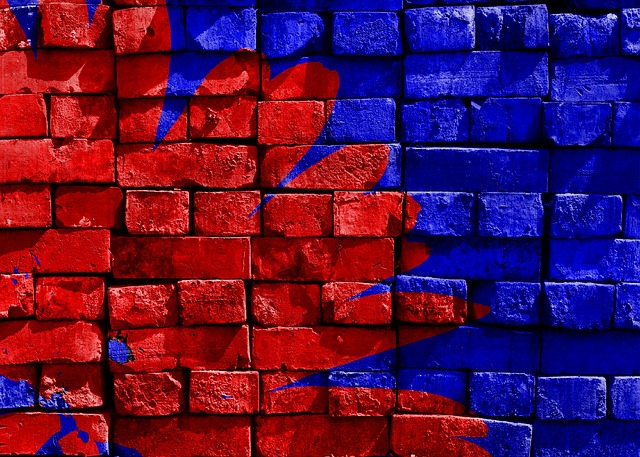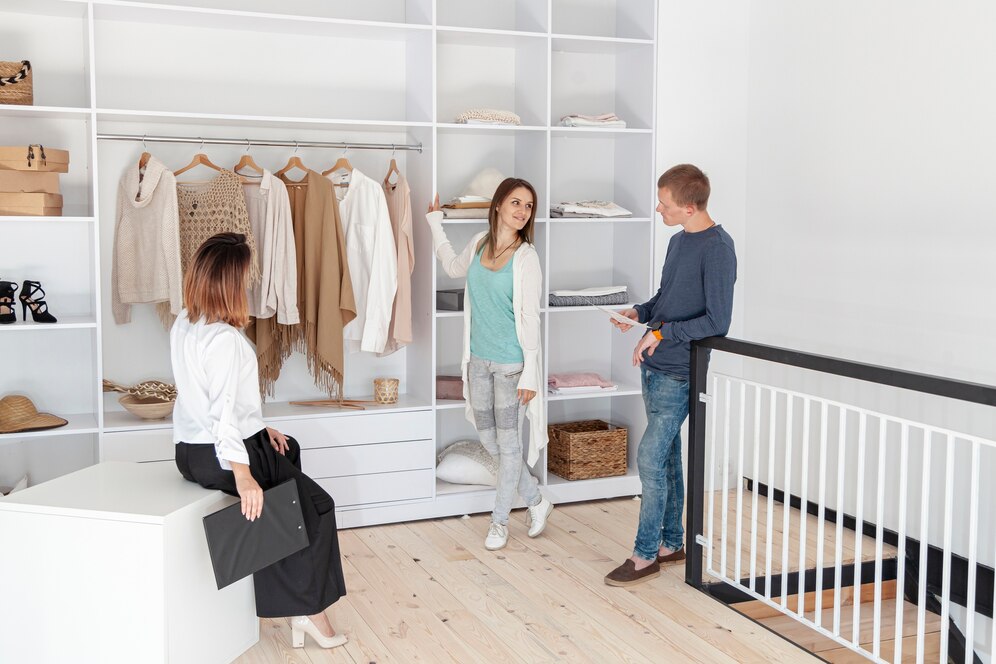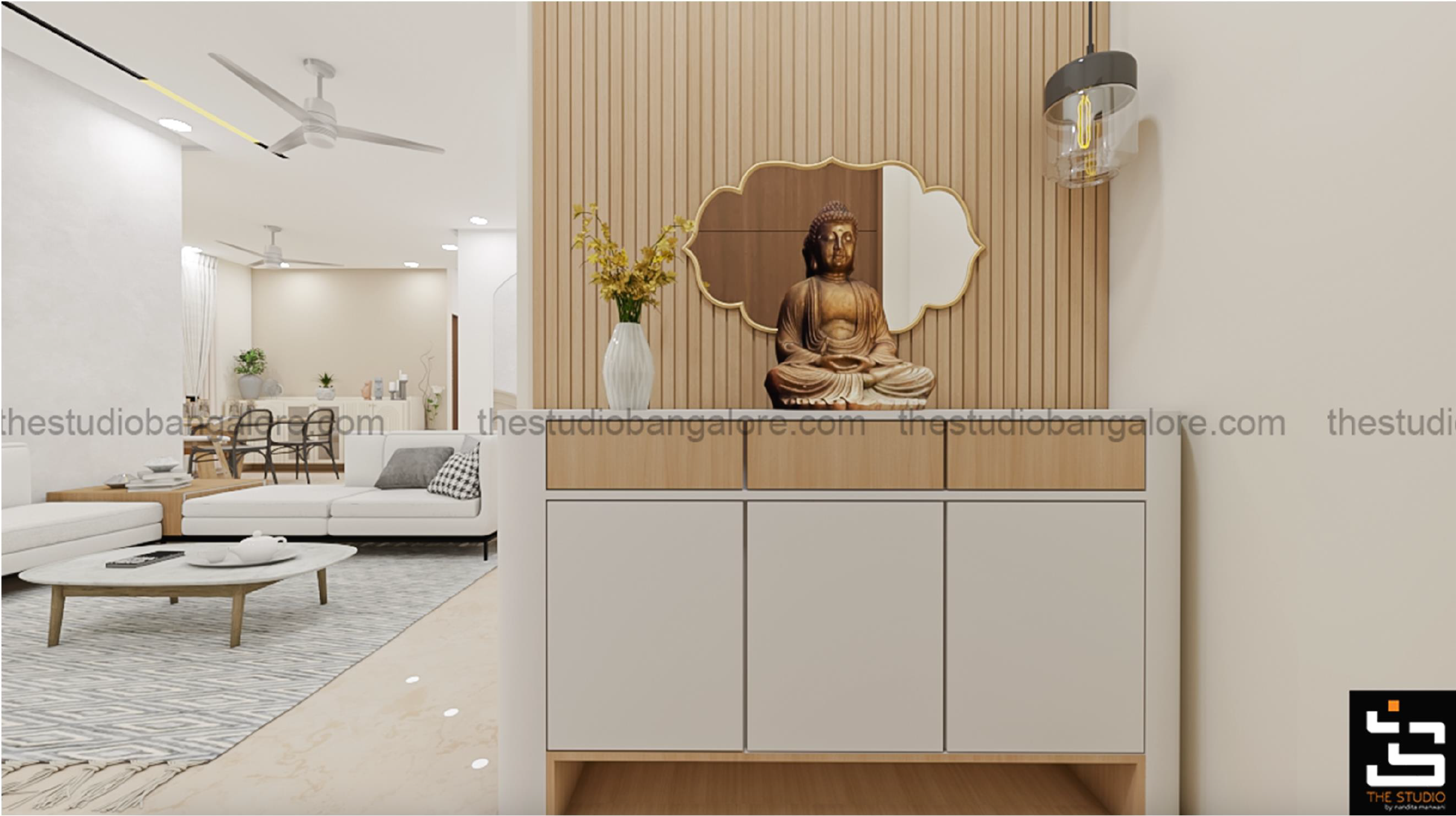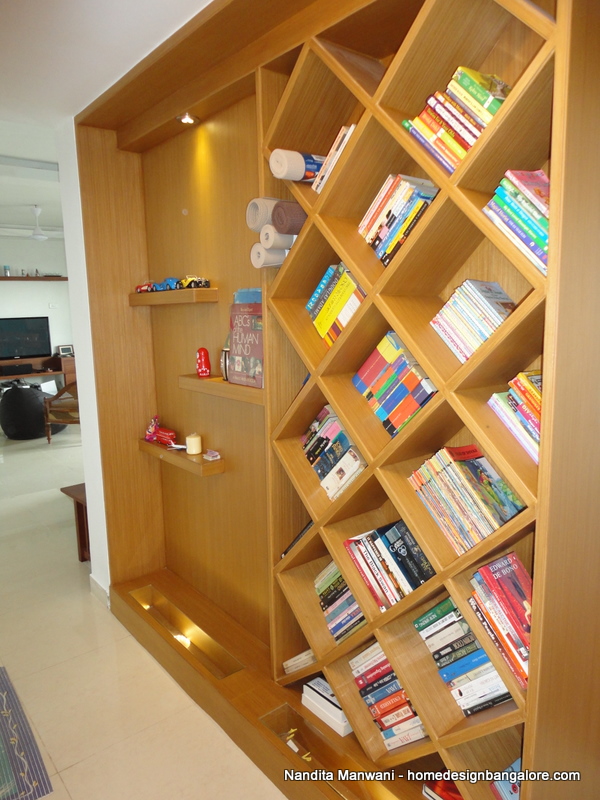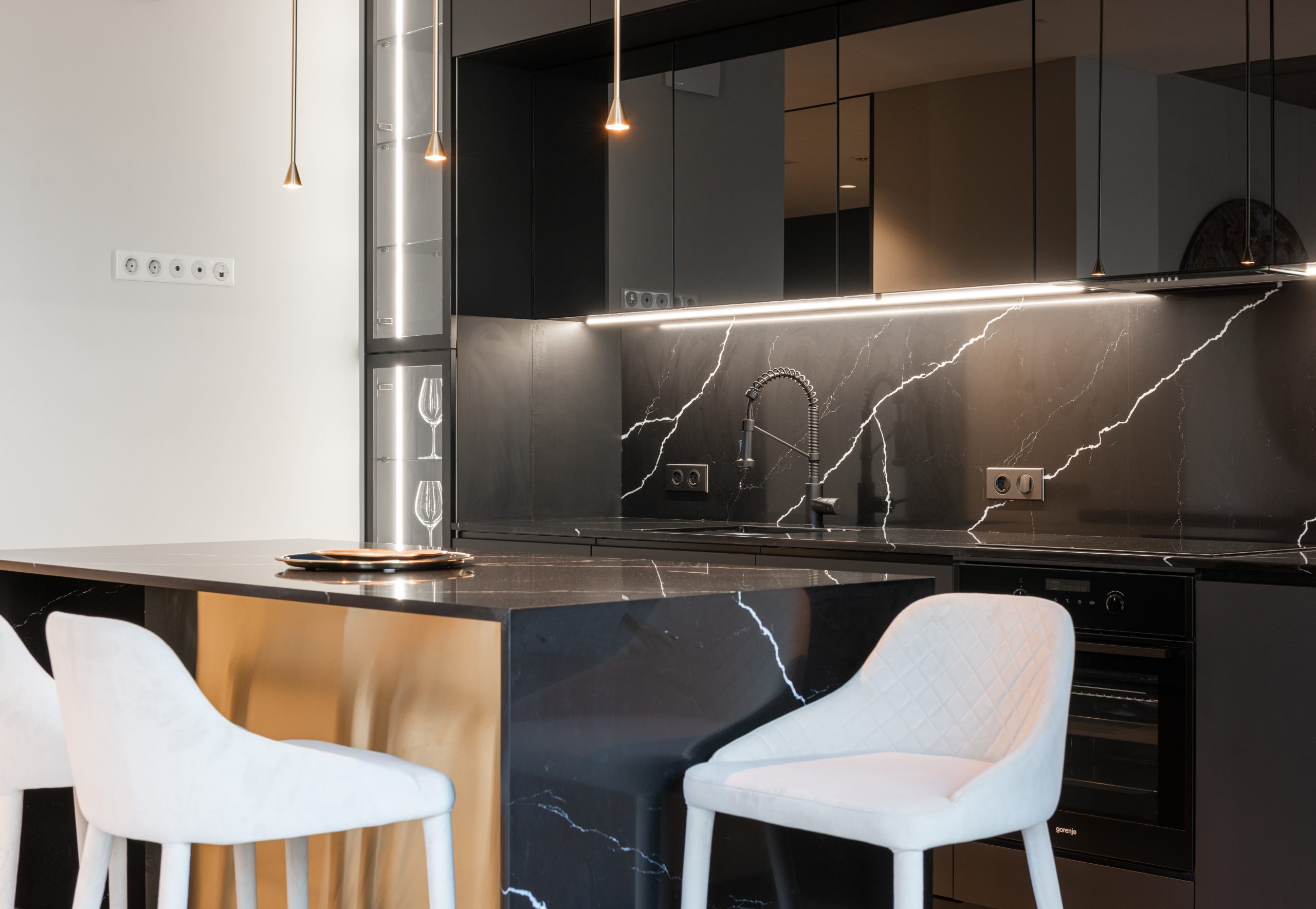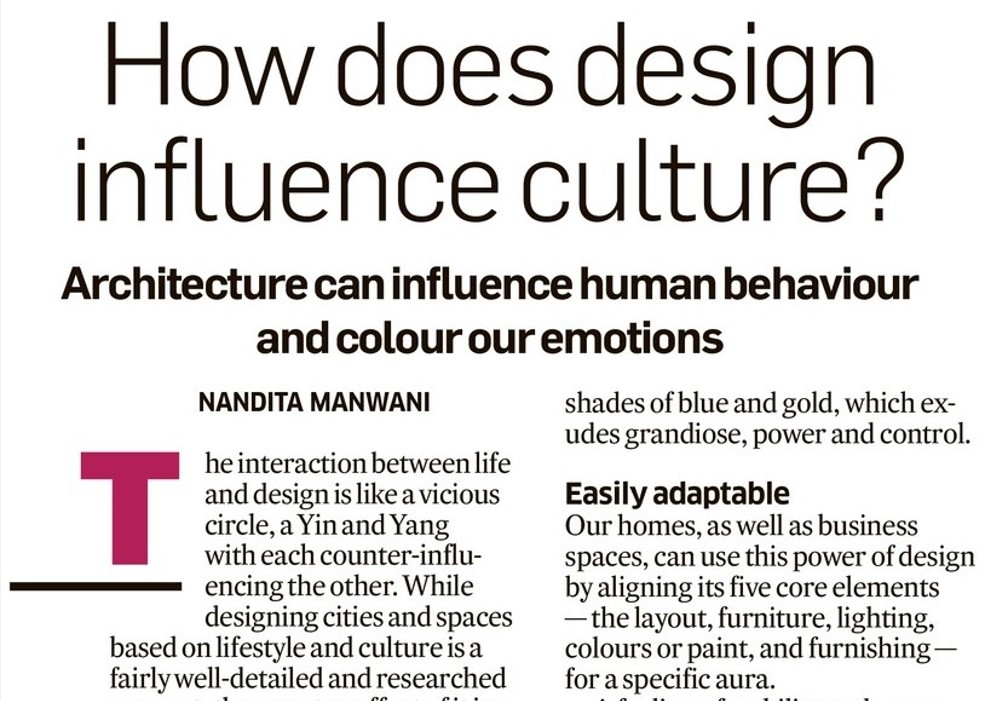Nearly every customer I meet nowadays wants Shaker Panel Shutters for their home. You might ask what a Shaker Panel is ? – we will just come to that in a minute. However what most customers do not know is that the type of shutter and the finish you can have on it are related, the finish in turn determines the ruggedness of the shutter and hence its appropriateness for specific spaces for the home. So, while it is great to want to have a certain shutter style in one’s home, it is important to understand whether the style can be matched with the finish, your own lifestyle and the type of use of the shutter. Let me try and explain this in greater detail:
First – Shutter Construction Types
Depending on the type of construction shutters can be divided into the following.
Slab Shutters: These are the regular shutters that you see – completely flat and usually in Laminate, Acrylic or Glass Finish
Panel Shutters: These have 2 parts; one is the side frame and two the center panel. Here is an image for reference. The style that you see here in white is called the Shaker Panel (Didn’t I say we will come back to this…). There are other styles like the Raised Panel where the center panel is raised (obviously 🙂 – see the second image of the dark shutter) and more ornate ones with carvings, beadings, and designs on the frame or on the panel…but you get the general idea.
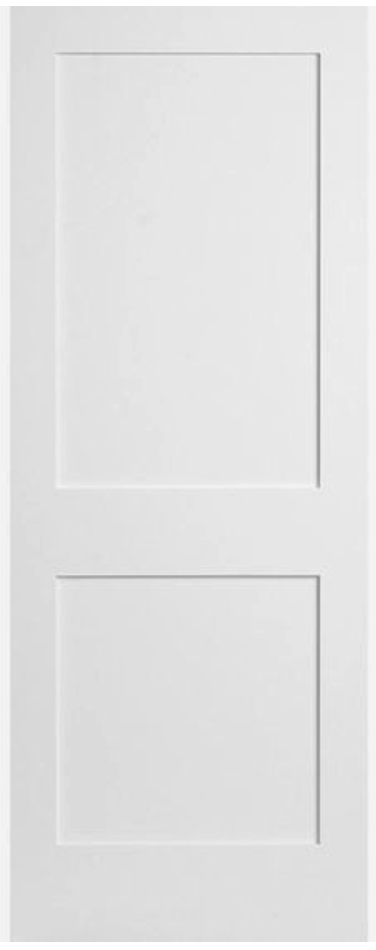

Framed Shutters: These are glass shutters that come with an aluminium frame. The glass can be any colour. Instead of glass one can also put other stuff within the frame like wooden panels, wicker (rattan), fabric, or anything else– hence these offer a lot of flexibility. The only constraint being the metallic frame itself. Instead of metal, wooden frames can also be used – this would make these shutters exactly like panel shutters – but nowadays it is difficult to find good carpenters to make these frames in wood. Also note that panel shutters are nowadays made just by cutting the shape of the panel and frame on HDHMR using a CNC machine with no real carpentry involved – we will come back to discuss this too later in this article.
Now that you know about shutter construction let us come to shutter finishes and the relationship between shutter finishes and shutter construction.
Shutter Finishes
Laminate and Acrylic Finish:
Anyone on an “Interior hunt” for their home would know what these are. Acrylic is usually Hi Gloss (though matte acrylic is also available nowadays). Now comes the interesting part – Laminate and Acrylic finishes are only possible on Slab Type Shutters and not on Panel Type ones – now you know where this is leading. In addition, Laminate and acrylic are by far the sturdiest finishes and are recommended in all Hi Touch Areas like the Kitchen Cabinets
Duco / PU:
Simplistically put, these are painted finishes – the only thing that varies is the type of paint and the amount of effort in finishing the paint job. PU is a more premium and a more expensive finish than Duco. Now if you like a panel construction, the best outcome will be achieved using PU. What you need to remember is that any painted finish is a Low Touch finish, which means that it can take little or no harsh usage.
Pure Wood or Veneer Finish:
Shutters resembling pure wood can be made by (1) using Pure Wood itself – this is rather uncommon nowadays as good quality pure wood is extremely expensive, but if budget is not a constraint, then this becomes an option to explore and (2) Using Veneer on top of Plywood. In both cases the wood or the veneer needs to be polished and finished with a coat of melamine or polyurethane (PU) which again are low touch finishes. In addition, Veneer / Wood Finishes are possible both for Slab type Construction and Panel Construction
Membrane Finish:
Membrane is a thin film of PVC applied on top of HDHMR or MDF. It supports both Panel Construction and Slab Construction. Membrane is also a Hi Touch Finish, however the only challenge with Membrane is that it cannot withstand much moisture and over time the membrane starts to peel off. The life of the shutter depends mainly on the quality of the membrane used and the machine and glue used to press the membrane on the HDHMR sheet. It is hence very important to source membrane shutters from a reliable and known brand. The price too varies dramatically for membrane shutters from a local brand versus those from a top brand.
In addition to these there are super premium finishes such as Ceramic, Stone Veneers etc. that we will keep out of our discussion today. What we are also not covering is inferior finishes that are not usually recommended for Home Interiors like Pre-Laminated MDF, Pre Laminated Particle Board and Melamine Faced Chipboard (MFC) – which is just another name for Prelaminated Particle Board
So, we now know about both the Construction Type and Finish, and hence comes the final stage of the discussion today – and like the final year of college this one is the most interesting. Now look at the chart below
| Finish –> | Laminate Hi Touch | Acrylic Hi Touch | Duco/ PU Low Touch | Glass Low Touch | Membrane Hi Touch | Wood / Veneer Low Touch |
| Construction Type | ||||||
| Slab | Yes | Yes | Yes | Yes | Yes | Yes |
| Panel | No | No | Yes | No | Yes | Yes |
| Framed | Yes | Yes | Yes | Yes | No | Naww |
A yes above means that the finish is possible in the construction type an No means that it is not possible in the specific construction type. And the solo Naww means that theoretically you can do it but you never would.
Hence if you are looking for Slab Type Shutters then all the finishes are possible and you can freely let your creativity run amok BUT if you are looking for Panel construction, for example the Shaker Panel style that almost all customers somehow have started to want nowadays then the same is only possible in Duco, PU, Membrane or Wood Finish. Of this, Duco, PU and Wood are all Low Touch Finishes – i.e. a high maintenance, which in turn means that you should avoid it in a high touch area like the Kitchen and if you do end up doing your Kitchen in PU then be ready to maintain it at a very High Standard – to put it in short you cannot have a maid managing your slick PU finish kitchen.
The other option of course is to do the Panel shutter in Membrane but then make sure to use branded shutters from a quality supplier just to ensure that the membrane does not go peeling off in 3 years.
Framed Shutters with tinted Glass (see the image below) are also much in style nowadays and are an option to consider provided you don’t have naughty little brats at home who might accidentally break the glass and hurt themselves.
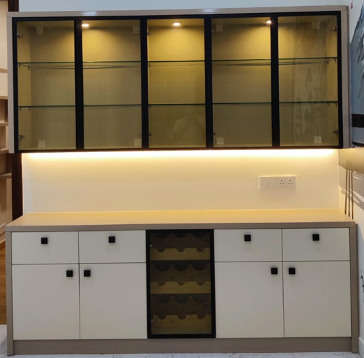
We are already at 1200 words which is 800 words beyond what an Insta infected brain can comprehend and that applies to most people today, hence having made the point in a fair amount of detail I guess I shall stop here. As always shall welcome any feedback and comments.
Signing Off
Nandita
Designer & Founder
The Studio by Nandita Manwani
